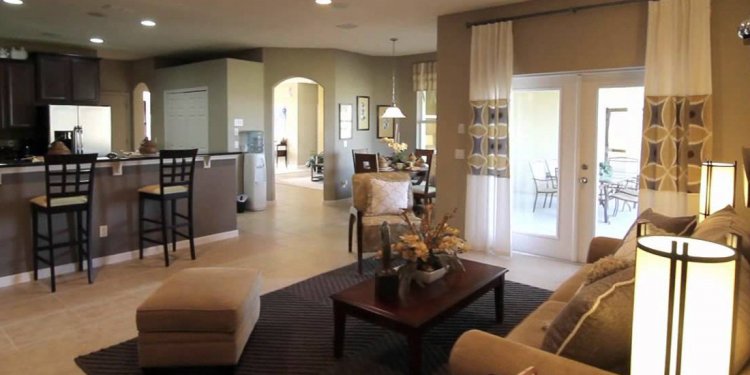
Homes DFW
If fears about North Texas hail are keeping you from investing in solar panels, you might want to rethink that.
Solar panels on Ray Wimberg’s house in far north Fort Worth survived hail damage in 2013, even though the roof had to be replaced. Bob Litwins’ panels on his Plano home made it through golf-ball sized hall twice, including last March’s hailstorm.
These structures are among 50 solar-powered locations open to the public Saturdayin the 7th Annual DFW Solar Tour, sponsored by the North Texas Renewable Energy Group.
The self-guided tour is designed to educate the public about solar and wind power, energy efficiency and other sustainable technologies in settings that are actually using the products, said Litwins, leader of the solar tour committee.
“We know of a few converts from previous tours, but it’s not necessary about converting, ” he said. “It’s about getting the public aware so they can make decisions in the future.”
We had golf ball size hail in the March 2016 storm but there was only damage to our hot water solar collectors, not the panels. Caleb Taylor, graduate student, University of North Texas Zero Energy lab
Despite relatively low electric rates in recent years because of depressed natural gas prices, solar is still growing in the Metroplex, said Jim Duncan, past chairman of NTREG and a recently retired solar installer.
“It’s hard to monitor the number of solar installations because there is no central agency that collects the data, ” he said. “But we have searched 200 cities in the 16-county North Central Texas Council of Governments and found around 4, 000 sites. We’re pretty sure there are a lot more than that.”
Wimberg said about half of his electric needs are generated by the 21-panel solar array on his house. Because he lives southeast of Alliance Airport, in an area served by the Tri-County Electric Co-op, which does not buy back generated power from homeowners, there is little incentive to expand the array, he said. Those who live in deregulated electric areas, including most of DFW, have the choice of several retailers who will give credits for power generated above their own usage.
For example, Litwins, who chose Green Mountain Energy as his electric provider, says he doesn’t have any electric bills at all with his 20-panel array and energy efficiency measures like a radiant barrier.
I expect to see a return on investment in seven to nine years, and I bought before the prices started dropping drastically about five years ago. Bob Litwins, who has solar panels on his Plano home
“In the winter, spring and fall I bank credits that I use in the summer to offset my bill, ” he said. “I expect to see a return on investment in seven to nine years, and I bought before the prices started dropping drastically about five years ago.”
Both Wimberg and Litwins said their home insurer covers the panels if any damage does occur from hail, and the extended policy does not cost much. Wimberg said he pays USAA $23 a year extra for solar array coverage and does not have to meet a deductible.
“Even though the panels were not damaged, the roof had to be replaced, ” he said. “But the claim paid for the panels to be removed, stored and re-installed.”
Hail has also hit the University of North Texas Zero Energy lab but has not hurt the panels, said Caleb Taylor, a graduate student working on his master’s in mechanical and energy engineering. UNT was one of the first schools to offer this combination degree, and the sustainable lab building was built in 2011, Taylor said.

















